
The rebrand reflects the ever-changing temperament of the branding industry, described by JKR as "branding at the speed of culture".
from It's Nice That https://ift.tt/2VKpNAW

The rebrand reflects the ever-changing temperament of the branding industry, described by JKR as "branding at the speed of culture".
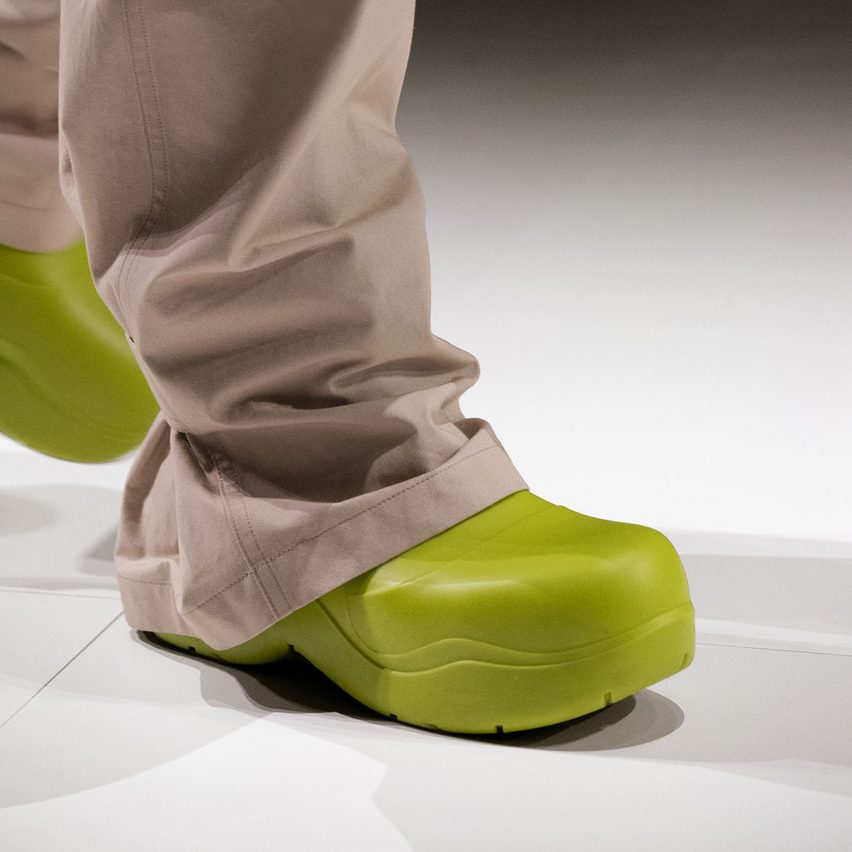
Italian fashion house Bottega Veneta has debuted its first bioplastic rubber footwear, a boot made of sugar cane and coffee that claims to be fully biodegrade.
The chunky boots, a hybrid of clogs and wellies, were sported by both male and female models during the brand's Autumn Winter 2020 show at Milan Fashion Week.

"The rubber is made with natural molecules including ones derived from sugar cane and coffee, rather than with synthetic chemicals," the brand told Dezeen.
"That means they will biodegrade within a year once placed underground, or in a controlled environment under specific lighting and humidity conditions alongside the presence of microorganisms."
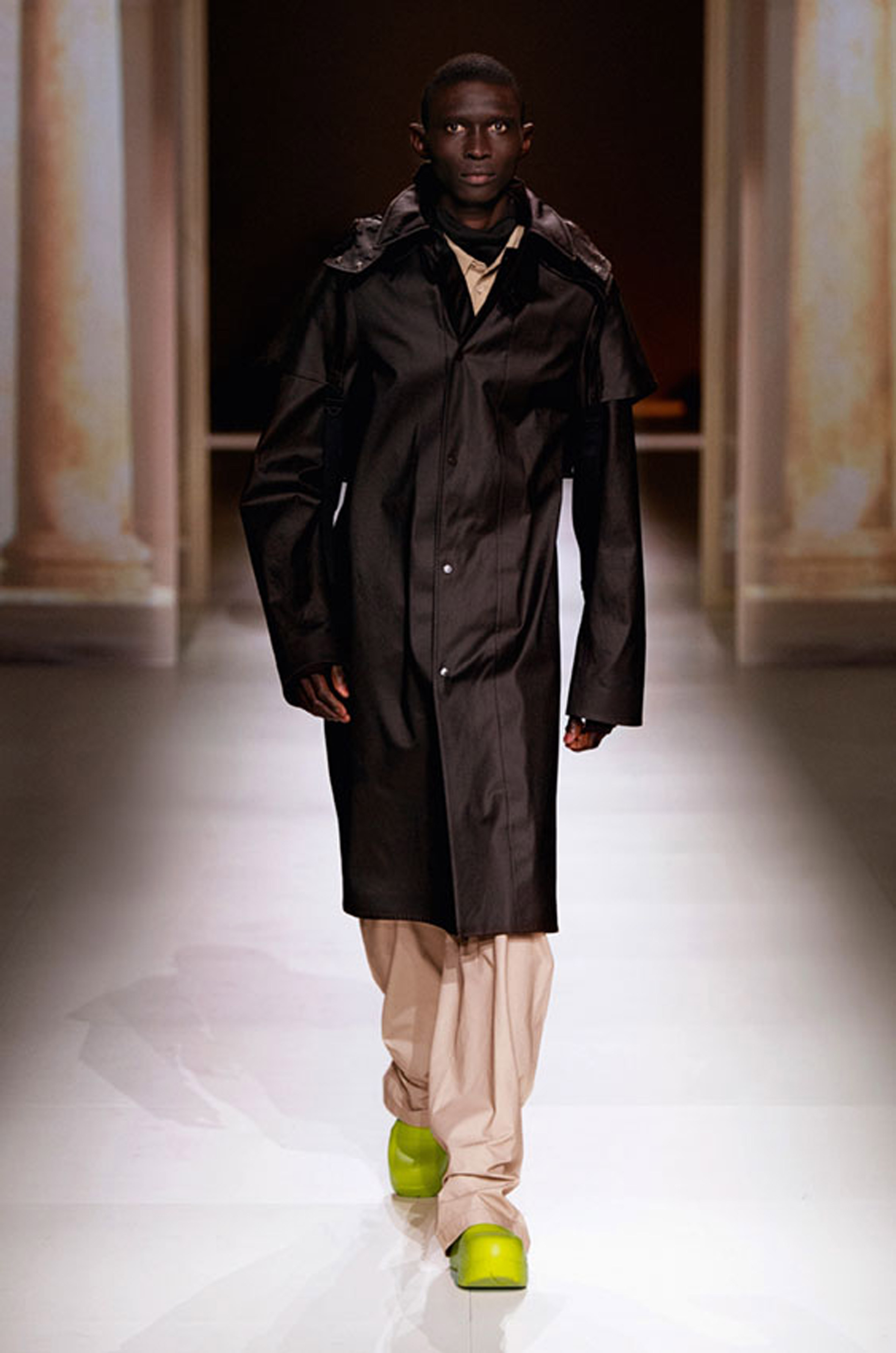
After becoming the first luxury brand to receive a LEED certificate for its headquarters, this is the latest move towards sustainability for Bottega Veneta, which has long been synonymous with leather goods.
Luxury brands from Gucci to Prada and Burberry have already gone animal-fur free, and attention has now shifted to leather, not just due to implications of animal cruelty but also because of the material's environmental impact.
Leather requires the mass rearing of livestock, which leads to greenhouse gas emissions, deforestation and the rapid consumption of finite natural resources. It also entails the chemical pollution created in the process of tanning and treating the leather.
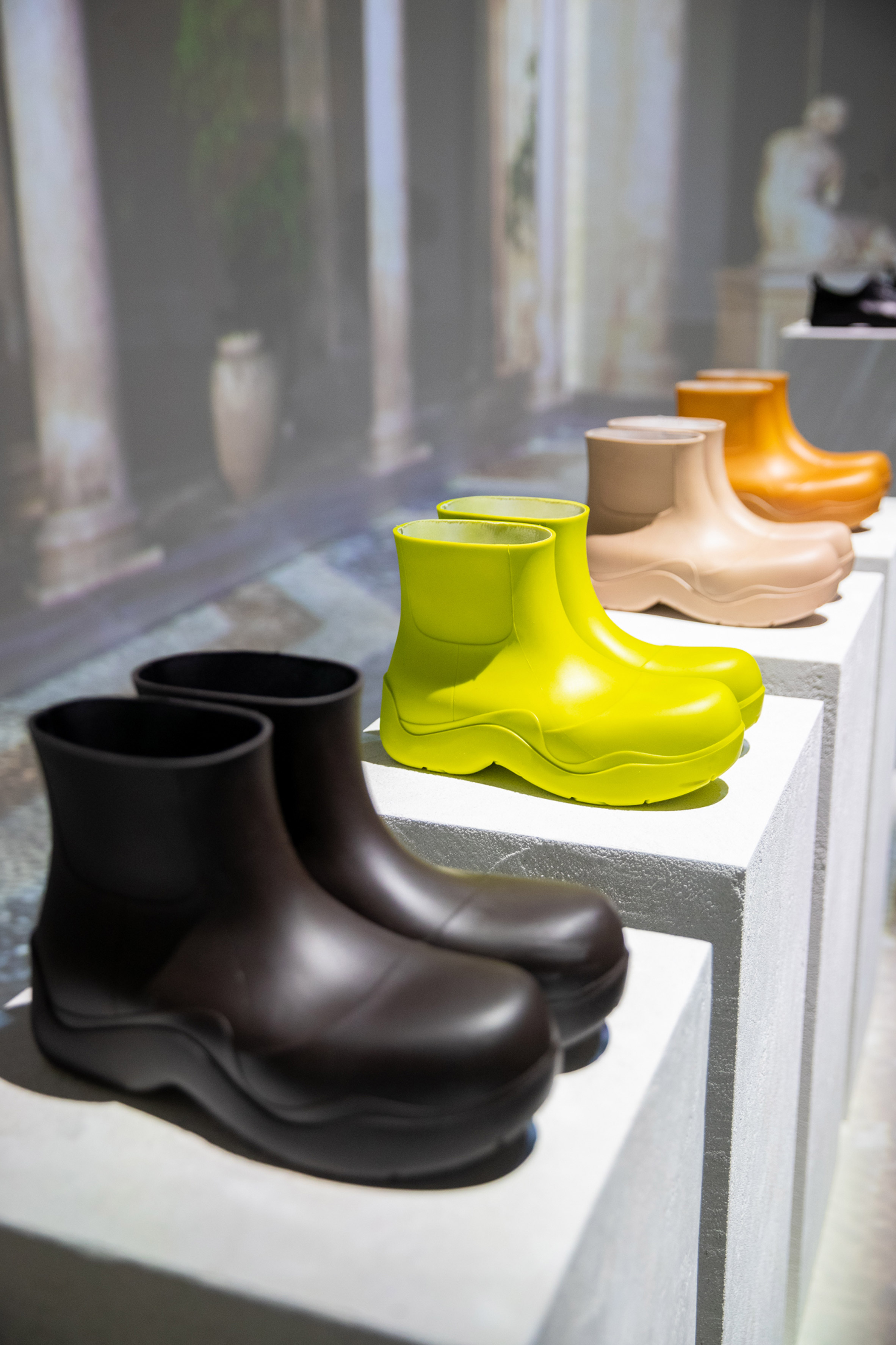
The Kering group – the conglomerate behind Bottega Veneta as well as Gucci and Balenciaga – has already introduced metal-free tanning for around 24 per cent of its collections, to prevent the potential contamination of local water supplies.
This is part of a wider sustainability push, which saw the group announce last year that it would go fully carbon neutral. It pledged to reduce greenhouse gas emissions for all its associated fashion houses by 50 per cent by 2025, as well as offsetting all emissions by investing in forest and biodiversity conservation projects.
Although this latest collection under creative director Daniel Lee still features leather pieces, including Western boots and tasseled pouches in the brand's hallmark Intrecciato basketweave, this move into biodegradable, bioplastic footwear suggests that Bottega Veneta is at least starting to consider alternatives.
The boots avoid the pitfalls of many synthetic fur and leather substitutes – which are made with fossil fuel derivatives like polyurethane and PVC. But an ongoing debate rages within the design community about whether bioplastics derived from materials such as sugar cane are actually the more sustainable option.

These foodstuffs largely need to be shipped in from overseas at great carbon expense, while also diverting increasingly sparse resources from human consumption.
Elsewhere, Stella McCartney champions sustainable fashion design, teaming up with Adidas to create a cruelty-free version of the brand's classic Stan Smith trainer as well as a biodegradable tennis dress made from artificial spider silk.
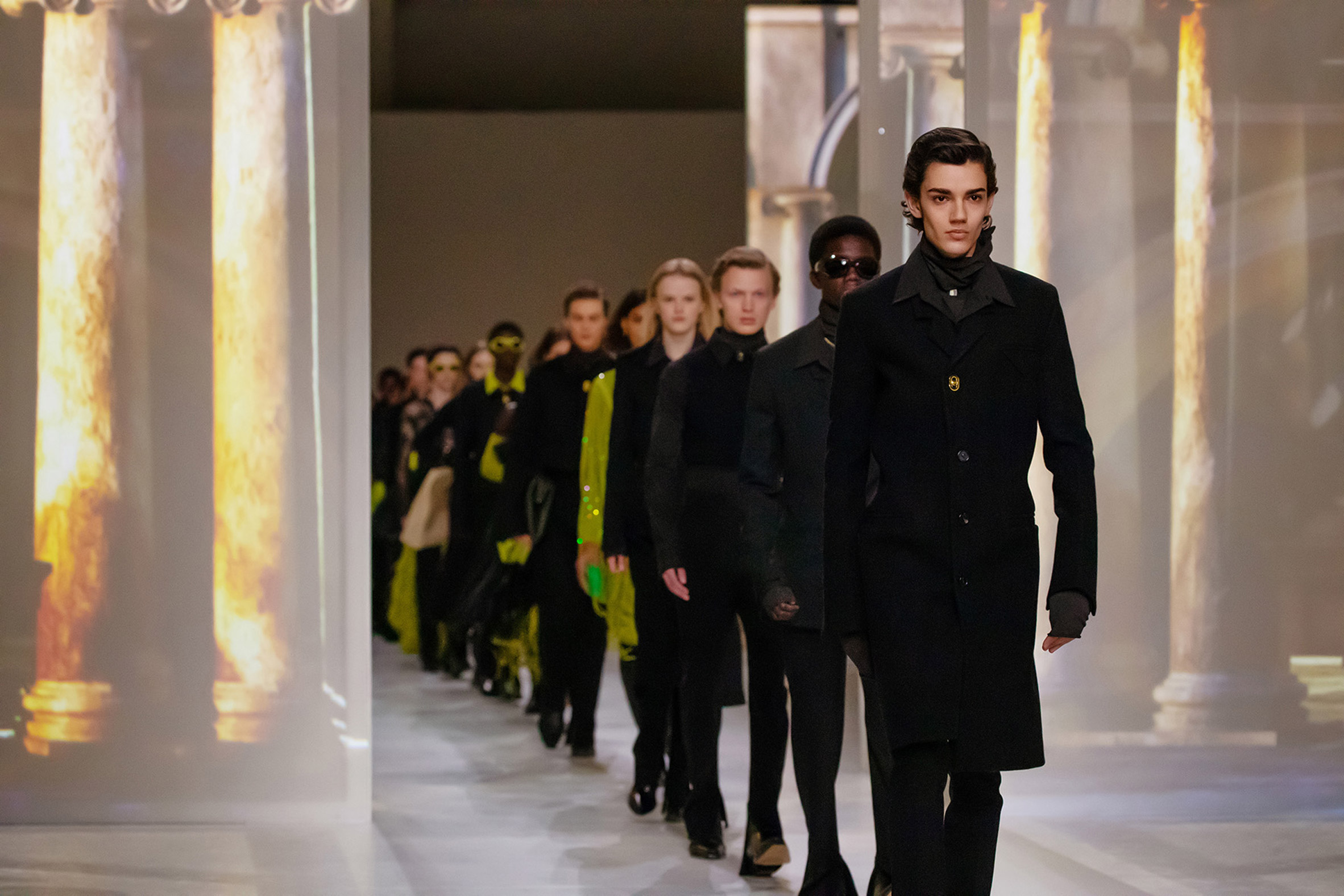
Outside of the high end market, young designers have tried to tackle the fashion industry's sizeable environmental footprint by making compostable T-shirts from algae and wood pulp and outerwear that is filled with wildflowers rather than goose down or its synthetic alternatives.
Photography is courtesy of Bottega Veneta unless otherwise stated.
The post Bottega Veneta launches 100 per cent biodegradable boots appeared first on Dezeen.
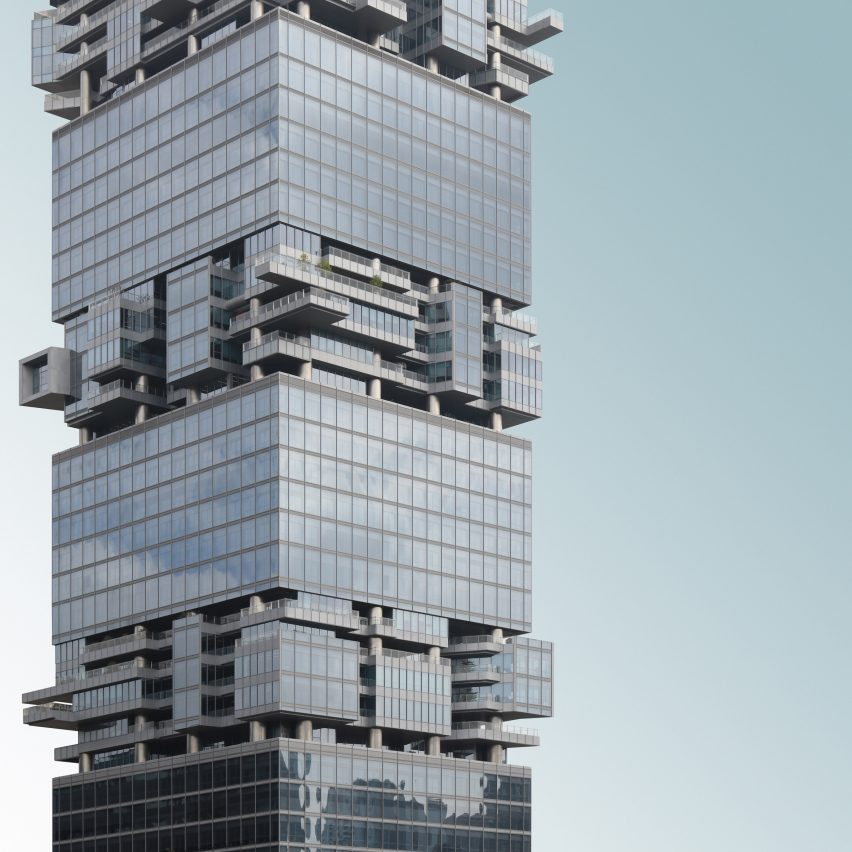
Detailed photos of 80 Chinese buildings feature in Kris Provoost's book Beautified China, which spotlights the country's current architectural boom.
The book is an expansion of the Beautified China photography series that Provoost revealed in 2017, in which "iconic architecture" by the likes of Zaha Hadid, MAD and Foster + Partners is depicted as abstract forms against bright blue skies.
It has been curated by Provoost for publisher Lannoo to offer an overview of China's rapid emergence as a hotspot for contemporary architecture in the past 15 years.
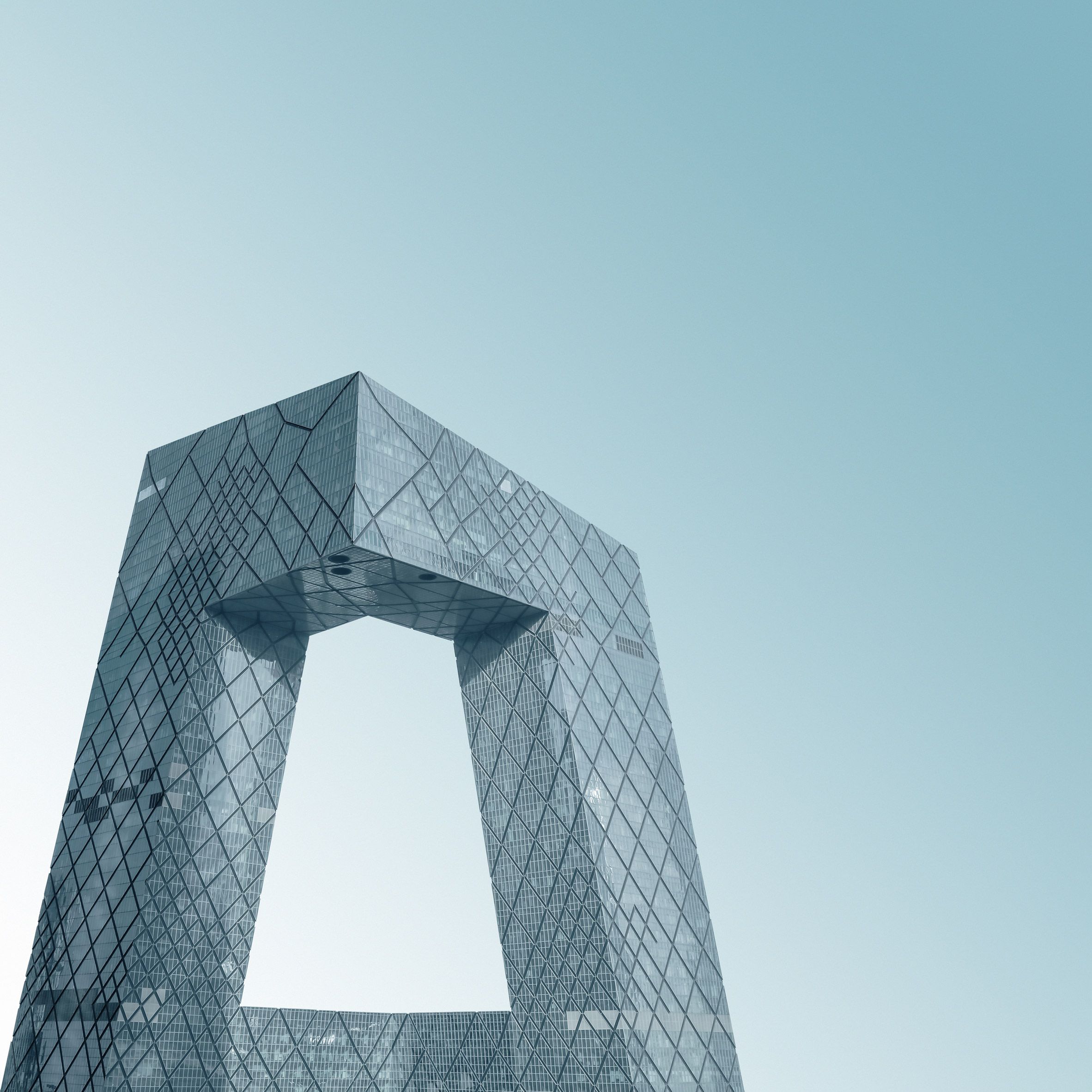
From OMA's CCTV Headquarters through to lesser-known buildings like Bernard Tschumi Architects' Exploratorium museum, the book features photos of structures in 16 different cities in China.
Other projects featured in the book include Zaha Hadid Architects' Meixihu International Culture and Arts Centre, the sinuous Harbin Opera House by MAD and The Fosun Foundation by Foster + Partners and Heatherwick Studio.
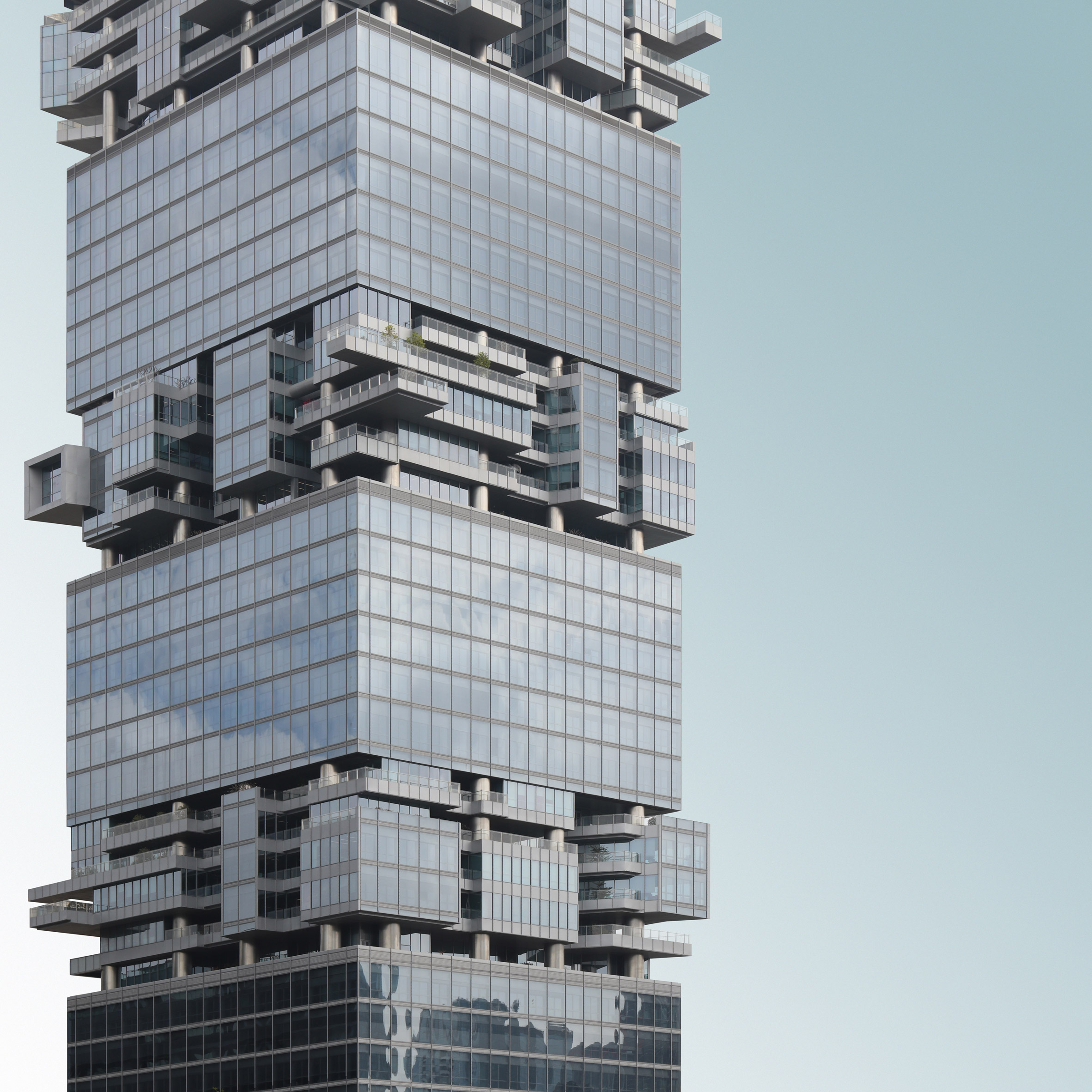
"During the many travels through the country to document the architecture, it became clear there was a real architectural revolution going on, with an endless supply of projects of all sizes and shapes," Provoost told Dezeen.
"There are about 80 different buildings from 16 Chinese cities in the book. For me it was important to provide a mix of projects for the far extent of the country," he explained.
"The aim was to give a broad overview and show the massive scale at which architecture is used in China to develop the country."
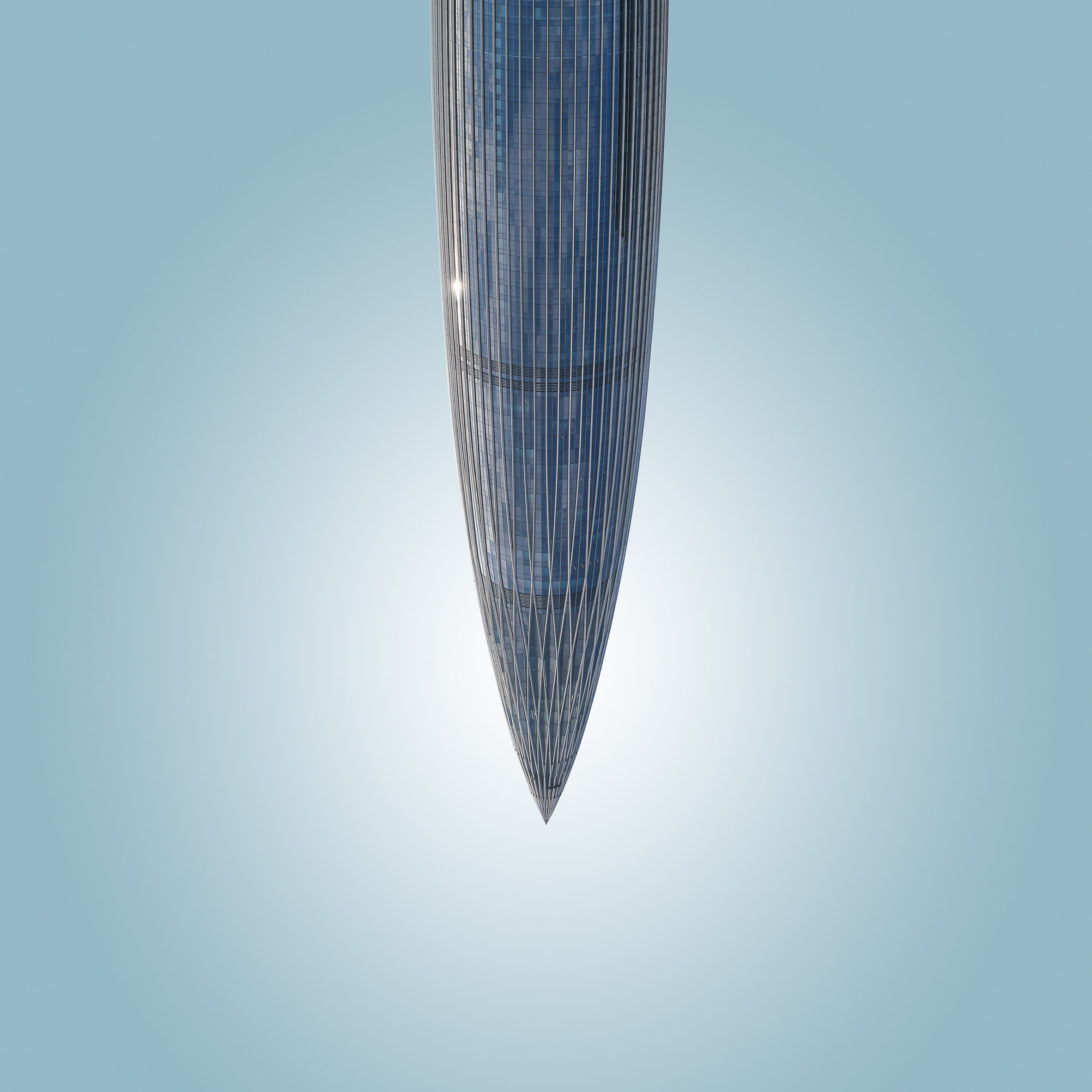
Alongside Provoost's photography, Beautified China is complete with a series of essays on architecture in China by five different authors with different backgrounds and focus.
This includes a foreword by Nikolaus Goetze, partner at GMP Architekten, that explores what the future could look like for architecture in China.
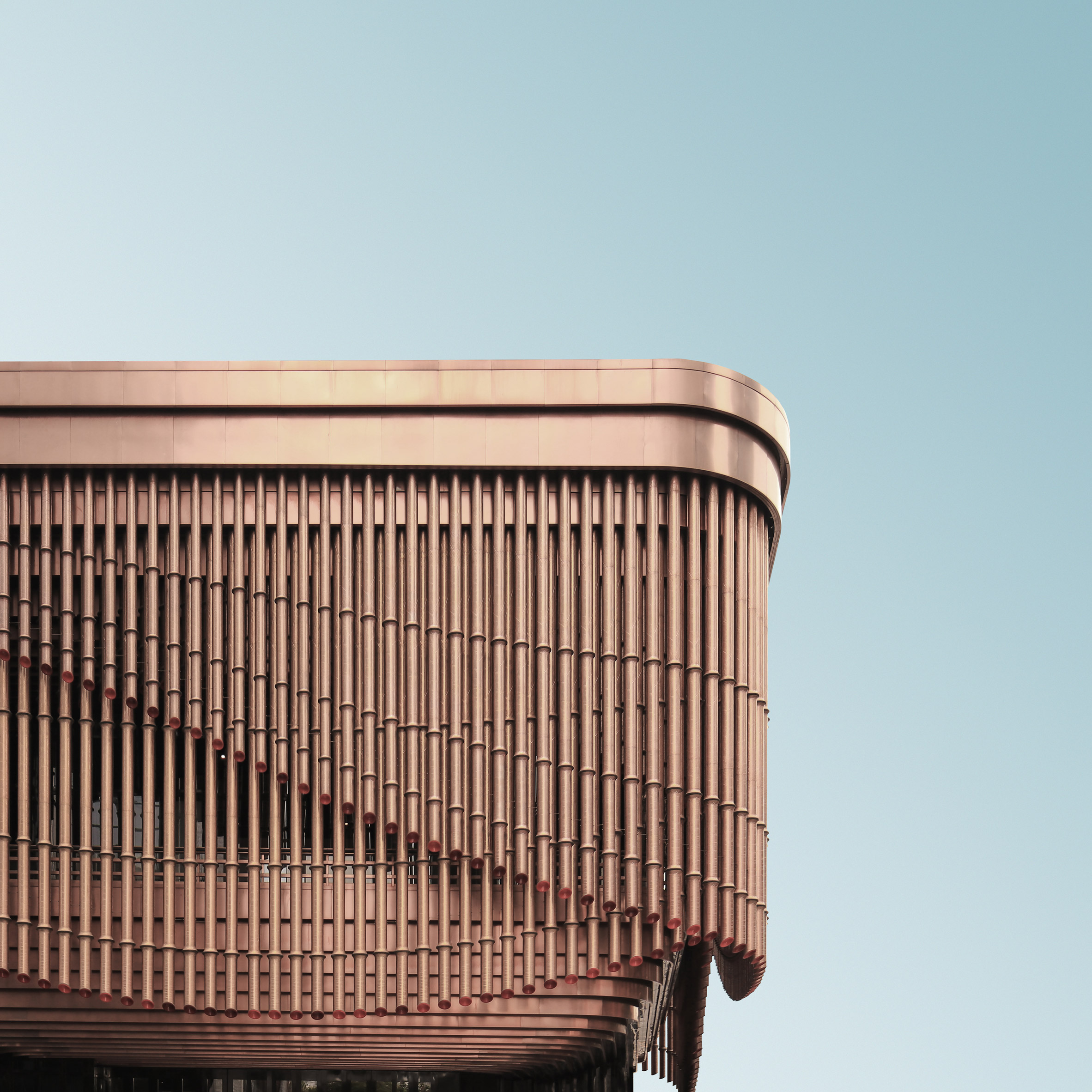
Provoost, who is also a practicing architect, became interested in the country's booming construction scene in the run up to the 2008 Beijing Olympics.
According to Provoost, this event marked the beginning of China's architectural revolution, as the country invited "starchitects to build their wildest fantasies".
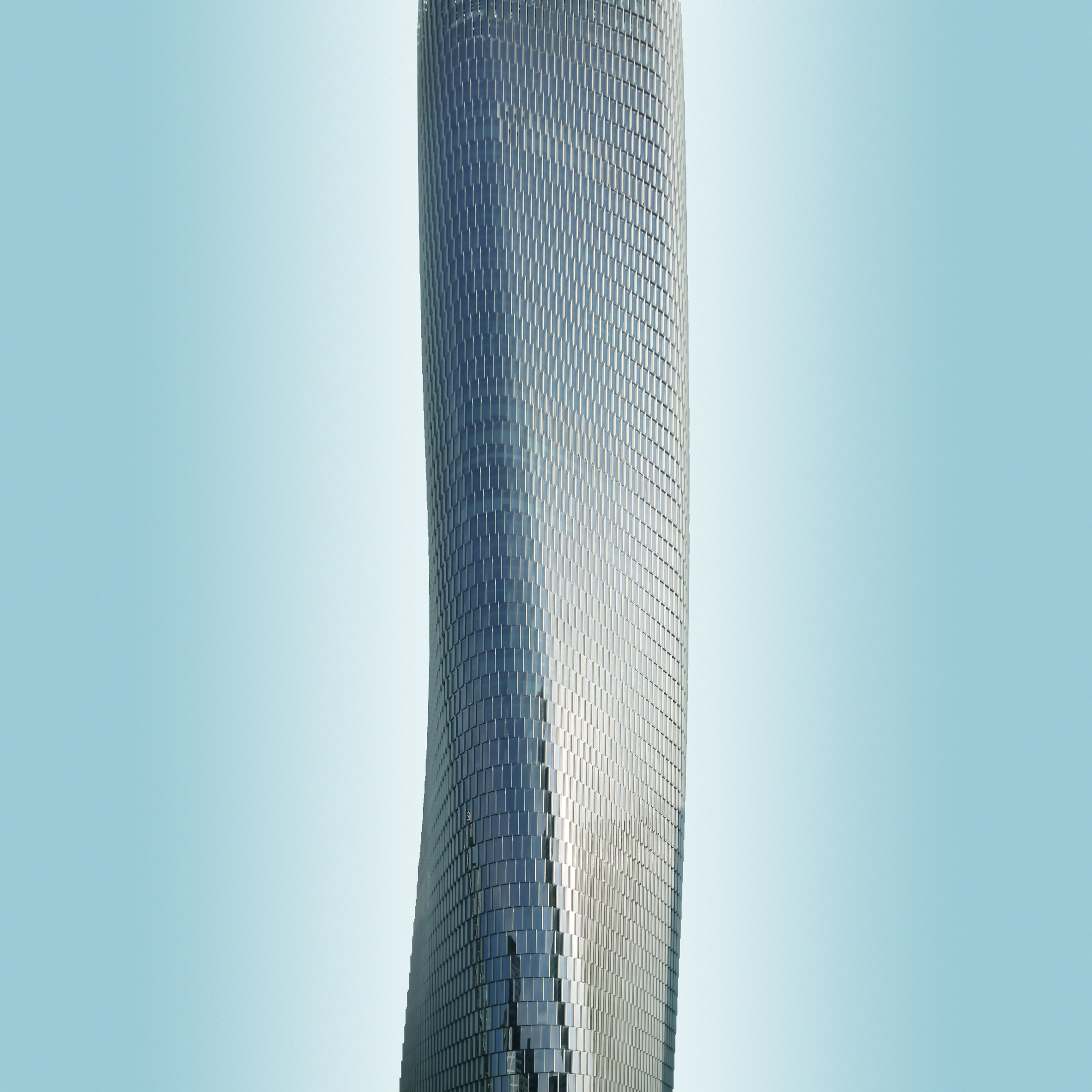
"When China was awarded the 2008 Olympics, they started proposing extraordinary architecture," he said.
"That was the time I became fascinated with China. When I graduated from architecture school in 2010 I went to China to see it for myself and haven't left ever since."
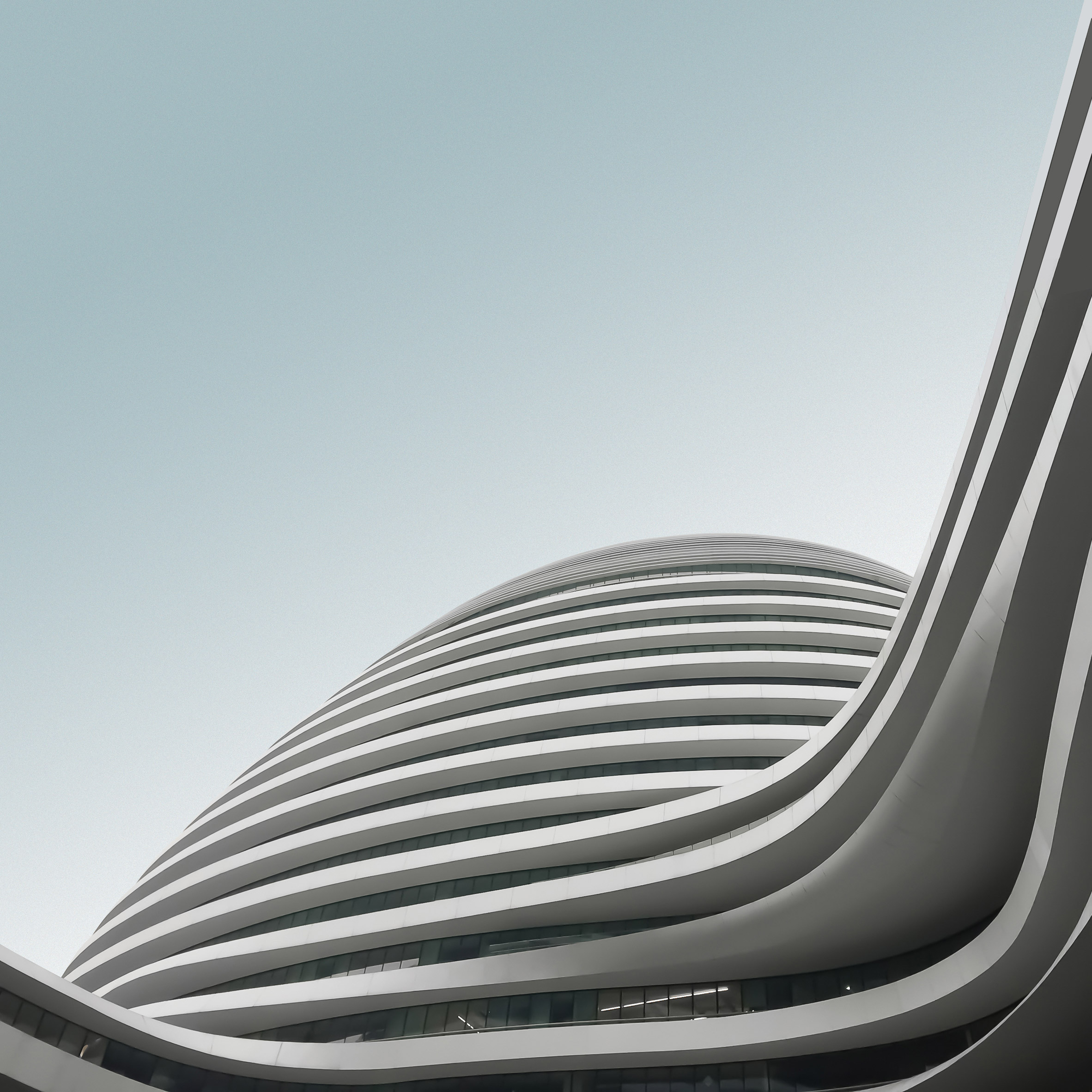
Provoost's decision to photograph key details of buildings – opposed to complete structures in context – is influenced by his practice as an architect.
"My background in architecture influences everything I do as an architecture photographer. I always search for the best proportions and that special feature that makes it stand out," said Provoost.
"For that I tend to zoom in to purify that element. Be it, a unique shape, a special facade feature, the colour, a special pattern."
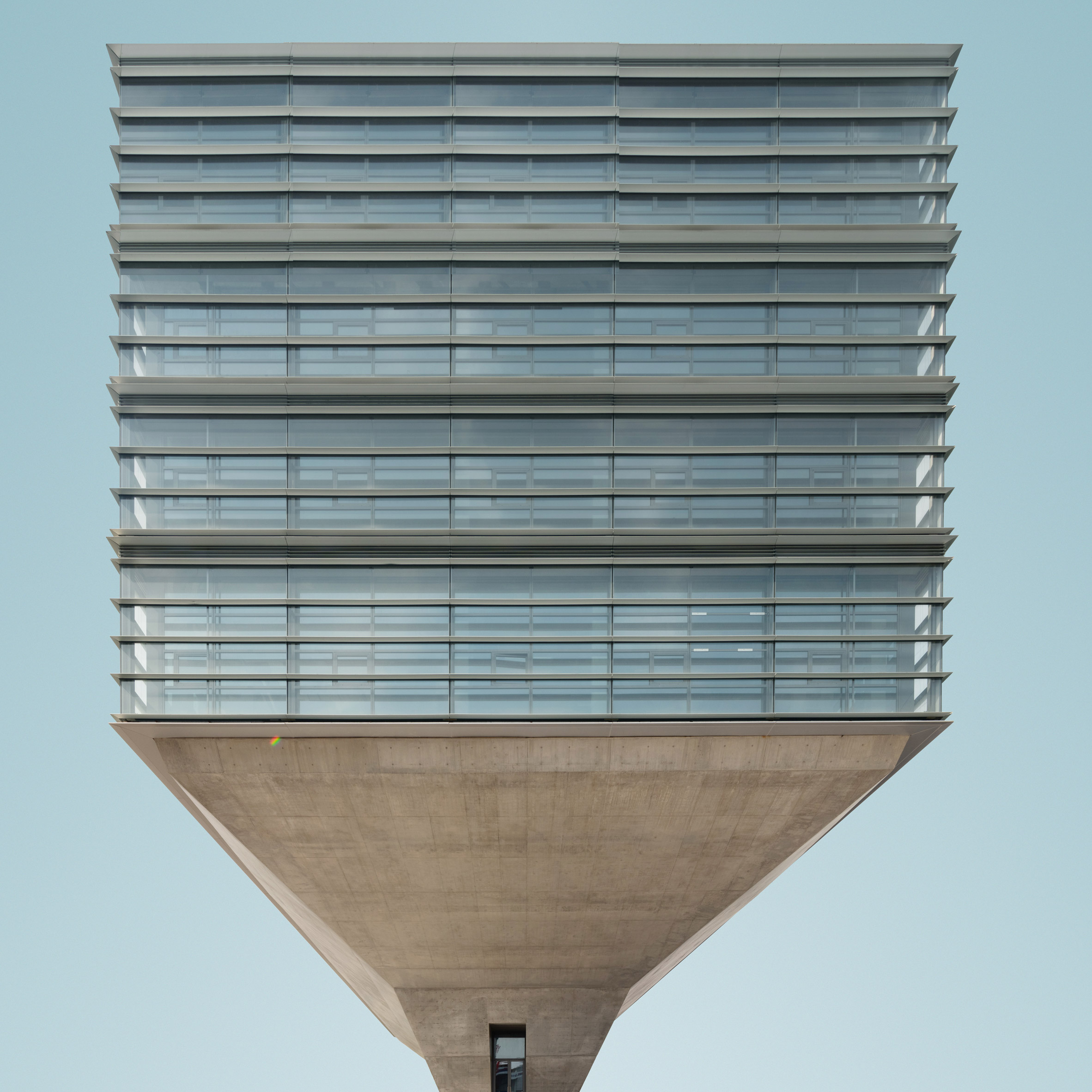
Having now spent 10 years documenting architecture in China, he has also observed a number of shifts in style in the country's construction industry.
Though the book documents unusual, statement architecture, Provoost said the most predominant trend is a move away from the creation of this "iconic architecture". Instead, many architects are now focusing on the preservation of existing structures.
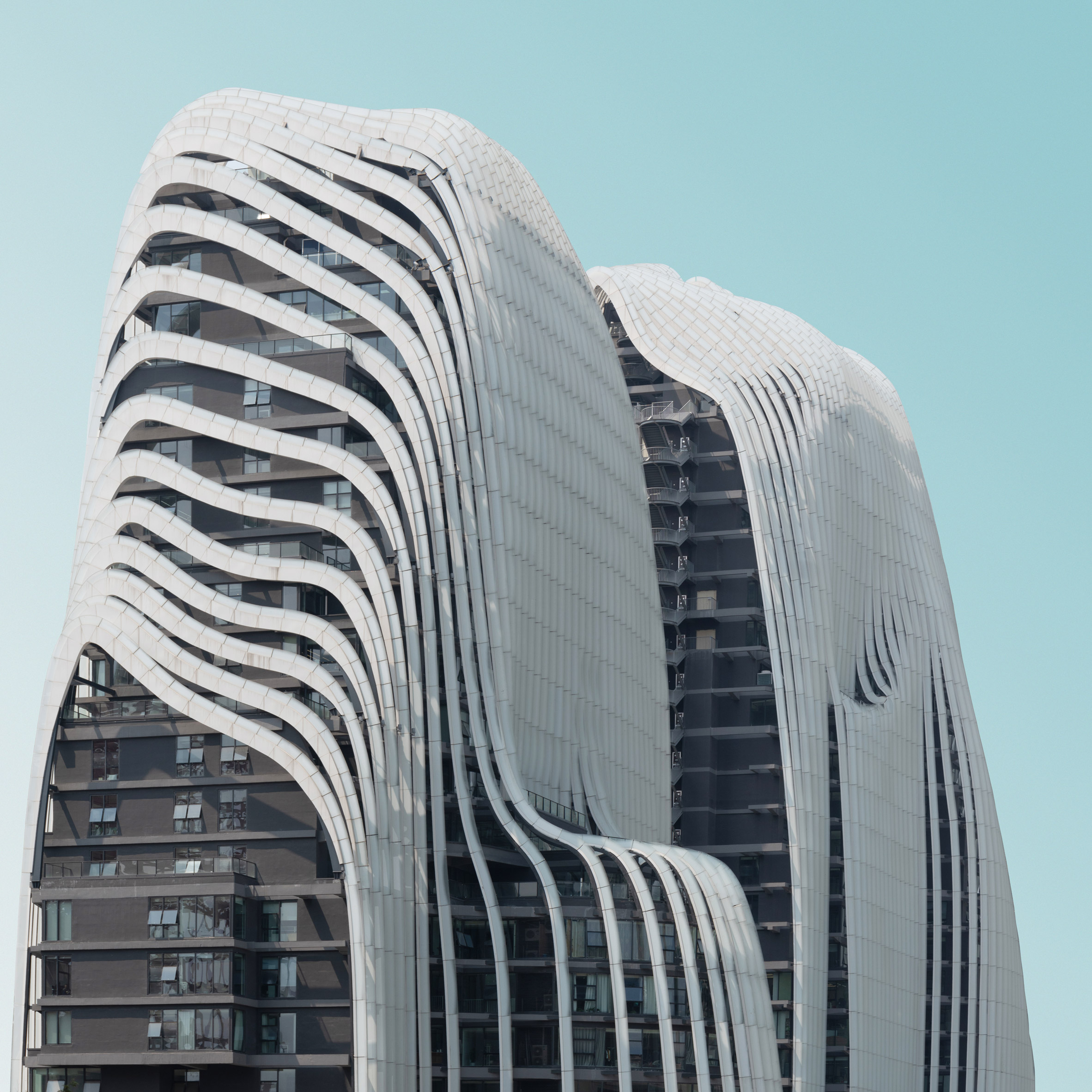
"The trends that struck me over the past decade is that the iconic architecture trend – that is portrayed in the book – is slowly fading away," he said.
"Instead there is a focus on preservations. Old factories are being reprogrammed to house musea or cultural centres. While the trend of iconic architecture, in my opinion, will never fully fade away, it became of less importance."
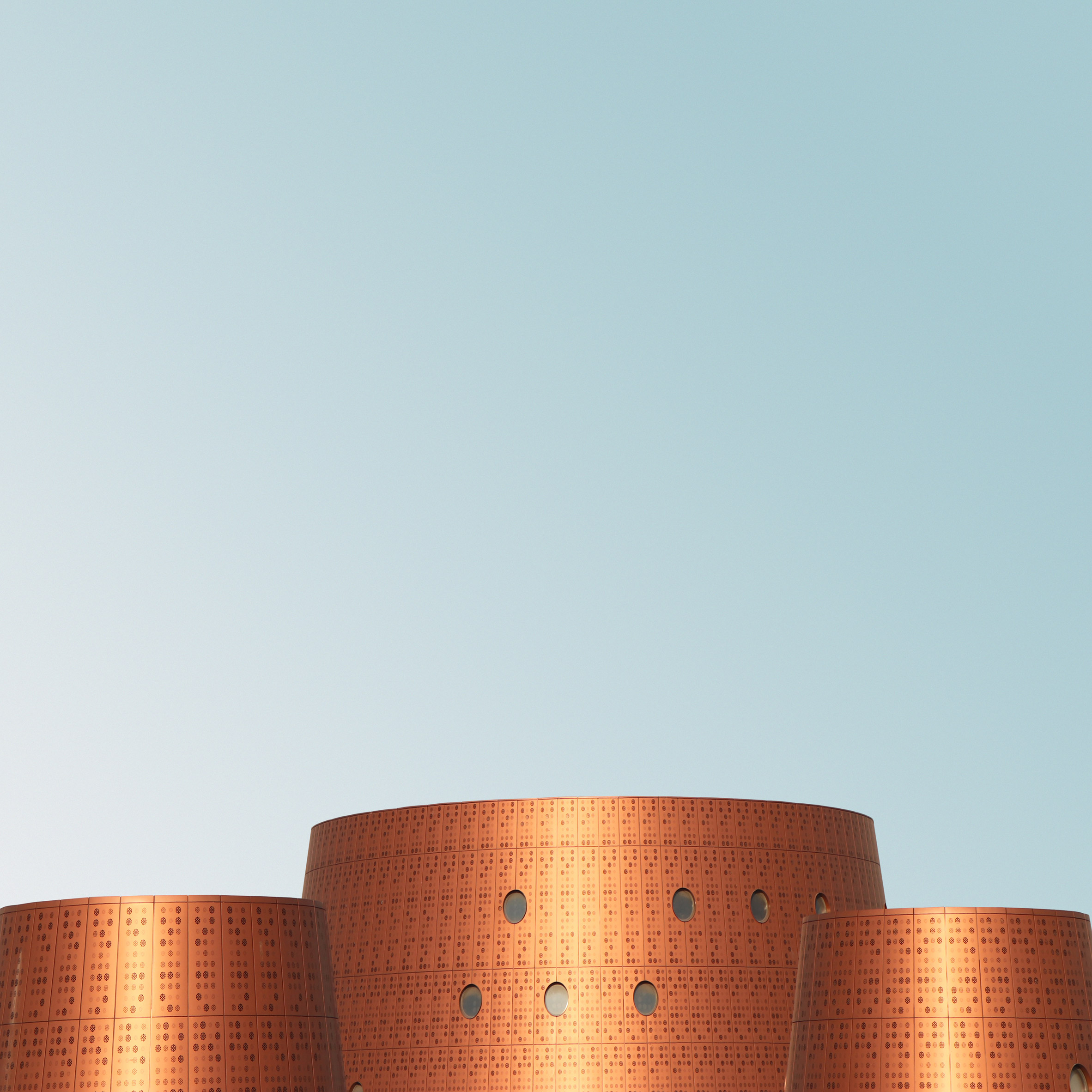
Provoost believes that this is partly due to the comments made by Chinese president Xi Jinping in 2014, who called for an end to the "weird architecture" in the country.
"The comments from Xi definitely had an impact and architects had to adjust. The architecture that gets build now definitely doesn't scream that loud anymore, it is more refined now with more care for the existing context," explained Provoost.
"Most cities are developed to a certain degree and the purpose of this kind of architecture is becoming secondary. It is a very welcoming shift that gives space for a different kind of architecture to develop in China."
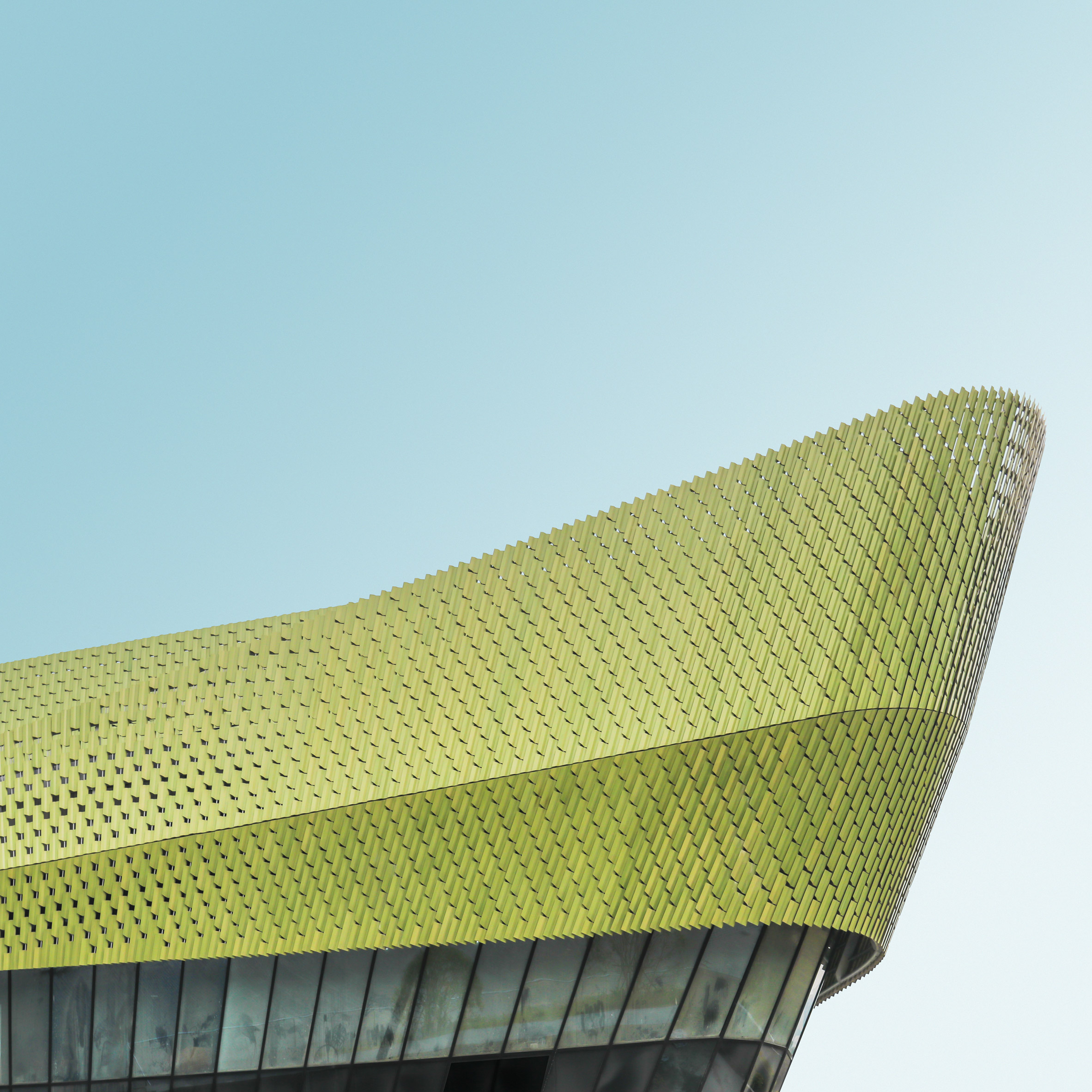
Though the drive for "iconic architecture" may be fading away, Chinese cities are continuing to rapidly develop.
In 2019, the country built more skyscrapers over 200 metres than any other in the world – accounting for 45 per cent of the global total. This included Kohn Pedersen Fox's 400-metre-high supertall skyscraper in Shenzhen, and Zaha Hadid Architects' Leeza Soho with the world's tallest atrium.
The post Beautified China book celebrates the country's "architectural revolution" appeared first on Dezeen.

Following on from our event in New York last week centred on Data, Narrative and Design, we look at some of the key insights and discussion points that emerged.

The Royal College of Art remains at the top of the QS World University Rankings for the subject, while the US boasts five of the top ten institutions.